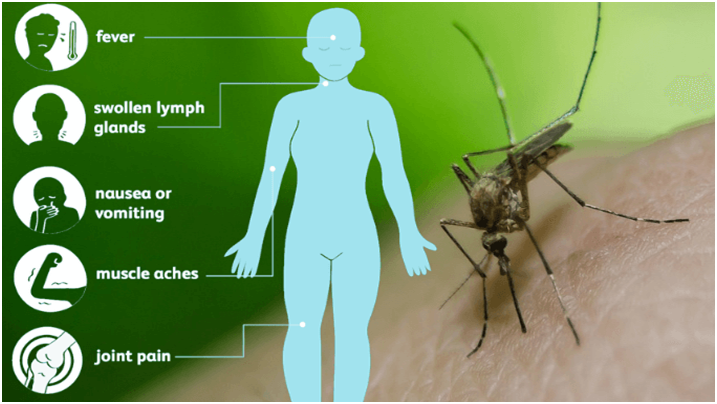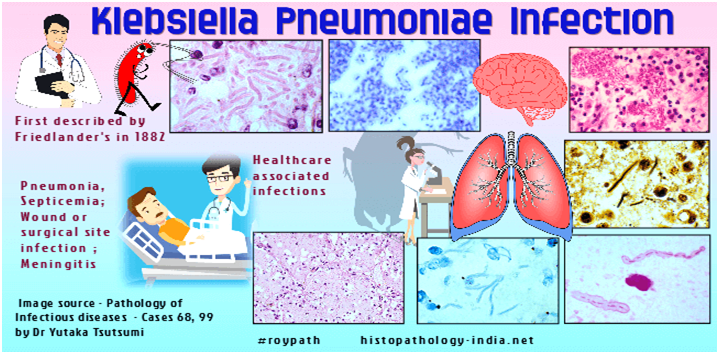West Nile Virus (GS Paper 3, Science and Tech)

Why in news?
- The West Nile virus, which causes potentially dangerous diseases of the central nervous system in human beings, has been found in two people in New York City and detected in a record number of mosquitoes across all five boroughs.
Details:
- The news comes at a time when the city is already battling a monkeypox outbreak alongside the Covid-19 pandemic.
- Across the U.S., 54 cases of West Nile virus infection and four deaths have been reported so far in 2022.
- The infection has also soared in Italy. Europe has reported over 100 cases of the virus so far this year, with Italy having the highest number among all the countries.
The NYC outbreak:
- The West Nile virus was first detected in New York City more than 20 years ago.
- In the last decade, an average of 16 persons per year are diagnosed with the West Nile neuroinvasive disease – a severe illness that targets the brain and the spinal cord, causing muscle weakness and altered mental status.
- The virus is now considered endemic in New York State and shows up in at least parts of it every year in the summer months.
Transmission of the West Nile virus:
- Humans can contract the West Nile virus through an infected mosquito bite.
- The virus is not contagious. However, there is a rare possibility of human-to-human transmission through blood transfusion, organ transplant, or through placenta to the foetus.
- It is usually the Culex species of mosquitoes that carry the West Nile virus.
- It has also been detected in birds. The West Nile virus can make birds like crows and jays sick and eventually kill them. There is no evidence of humans catching the virus directly from birds.
What are the symptoms of the viral infection?
- Most cases of the West Nile virus do not present any symptoms.
- According to CDC, around one in five people infected with the virus show flu-like symptoms like fever, body ache, vomiting, diarrhoea, and rashes.
- About one in 150 people are severely affected by the virus and develop serious illnesses related to the central nervous system, like encephalitis and meningitis.
- Other symptoms of severe illness can include high fever, headache, neck stiffness, disorientation, coma, tremors, convulsions, muscle weakness, vision loss, numbness and paralysis.
What treatment is available?
- Currently, there are no vaccines available to treat infection by the West Nile virus. In most cases, the infection heals itself.
- Medication may be needed to treat the flu-like symptoms caused by the virus. Most health departments recommend covering the body and using mosquito repellents to prevent West Nile virus infections.
IIT and AIIMS study sheds light on factors behind bacteria responsible for hospital-acquired infection
(GS Paper 3, Science and Tech)
Why in news?
- Researchers at the Indian Institute of Technology (IIT) Jodhpur and All India Institute of Medical Sciences (AIIMS) have been studying a dangerous bacteria called Klebsiella pneumoniae, a major cause of hospital-acquired infection.
- They found that it develops a viscous protective covering around itself which is one of the major factors behind its high virulence and antibiotic resistance.

Klebsiella pneumonia:
- Klebsiella pneumoniae is one of the pathogens on the World Health Organization's priority list and is a significant cause of hospital-acquired diseases such as pneumonia, bloodstream infections, and infections among ICU patients and newborns.
- Because of its high virulence and antibiotic resistance, the management and treatment of Klebsiella pneumoniae have challenged the medical and scientific community worldwide.
Key Findings:
- One of the ways in which Klebsiella pneumoniae escapes the body's immune system, and antibiotics is by producing an extremely sticky and viscous protective covering (hypermucoviscosity) around itself.
- Hypermucoviscositycan be identified by the string test, in which a bacterial colony growing in laboratory media is touched using an applicator, which is then slowly lifted off the colony.
- If a sticky string of 5 mm or more extends from the colony to the applicator, the bacteria is hypermucoviscous and highly virulent.
What’s next?
- Researchers are currently studying these mutants and disrupted genes to explain the potentially new mechanisms behind this unusual sticky and viscous covering of Klebsiella pneumoniae P-34.
- Such understanding will enable the development of methodologies to effectively control the spread of such strains and treat infections caused by them.
India, Iran sign MoU for smooth movement of seafarers
(GS Paper 2, International Relation)
Why in new?
- As talks over the development of Chabahar Port gain momentum, India and Iran signed a memorandum of understanding (MoU) mutually recognising certificates of competency in unlimited voyages of seafarers from both the nations as per the provisions of International Convention on Standards of Training, Certification and Watch Keeping for Seafarers (1978).

Aim:
- The signing of the MoUis aimed at smoothening the movement of seafarers from both the countries.
First tangible development:
- The seafarer agreement, along with the handover of six mobile harbour cranes to the port authority, is the first tangible development after years of dormancy owing to the unfulfilled potential of the port and Covid-related restrictions.
- Chabahar Port is slated to be India’s gateway for trade with central Asian and European nations, along with increased engagement with Russia, once its potential is leveraged by linking it to INSTC.
- It was developed with Indian assistance and is currently operated by state-owned India Ports Global.
Background:
- Union Ports, Shipping and Waterways Minister SarbanandaSonowalis on a four-day visit to Iran to review the progress on the development of the ShahidBehesti terminal of Chabahar Port, a crucial cog in the potentially game-changing International North South Transport Corridor (INSTC).
- In 2020, India supplied 75,000 tonnes of wheat to Afghanistan as part of humanitarian assistance programme as well as provided for 40,000 litres of Malathion 96% ULV pesticides to Iran via Chabahar port in a concerted effort to mitigate locust threat to agriculture and enhance food security in the region.
India's first commercial observatory to monitor space activity
(GS Paper 3, Science and Tech)
Why in news?
- A space industry start-up named Digantara will build India's first commercial space situational awareness observatory in the Garhwal region of Uttarakhand to track objects as small as 10 cm in size orbiting the planet.

Significance:
- The Space Situational Awareness (SSA) observatory would let India track any activity in space including that of space debris and military satellites hovering over the region.
- Currently, the United States is a dominant player in monitoring space debris with observatories in multiple locations and commercial companies providing additional inputs from across the world.
Key features:
- The high-quality observations, along with those of its partner ground-based sensor network, would help improve its ability to monitor events occurring in deep space, especially in the geostationary, medium-Earth, and high-Earth orbits.
- With this data, it would be able to reduce the potential for collisions between satellites and other spacecraft by making more accurate predictions of their location, speed, and trajectory.
Collision avoidance systems:
- There is an increasing need for efficient collision avoidance systems in highly congested orbital regions like low earth orbit and geosynchronous earth orbit.
- The addition of the new observatory will be a part of Digantara's network of observational facilities and was expected to work in tandem with the currently planned constellation of space-based sensors.
- This will improve the effectiveness of tracking and identifying pre-existing resident space objects (RSO), and will result in the creation of a hybrid data pool that will serve both the commercial and the defence sectors of the space industry.
Way Forward:
- The observatory will also give India indigenous capabilities to monitor space activity over the subcontinent.
If, for example, Chinese satellites are seen over one particular region of India for a long time, having indigenous capability to monitor such activities and not being dependent on countries like the US is a plus for India.





